The Vitality of Visual Sounds
Lee Yehlin’s Raw Soul
Shen Bo-yi / photos Lee Yehlin / tr. by Brandon Yen
January 2021
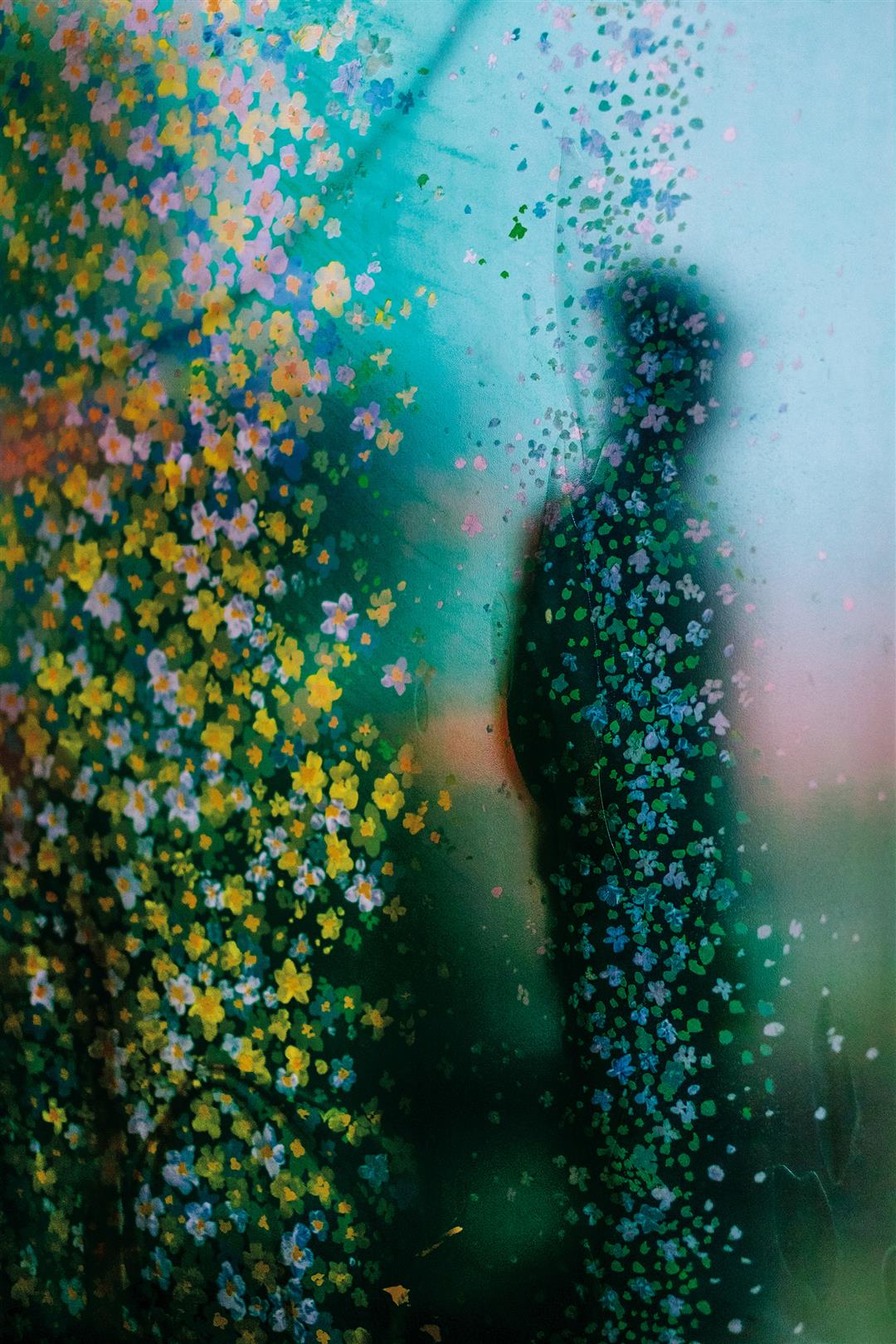
How do we transform sounds into photographs?
What is the relationship between our visual and aural senses?
Once a member of Taipei Sound Unit, Lee Yehlin has been applying sound collecting methodologies to the practice of photography since 2011. His Raw Soul, published by Japan’s AKAAKA Art Publishing in 2017, is a collection of images whose subjects encompass street scenes, religion, objects, humans, and animals. Lee turns these into ambiguous images characterized by their intense interiority, editing them in a way that makes you think he is arranging music. Raw Soul does not fall within the premeditated frameworks of conventional documentary photography. Rather, it stares Taiwan’s primordial hybridity in the face. In doing so, it challenges established views of the Taiwanese landscape.
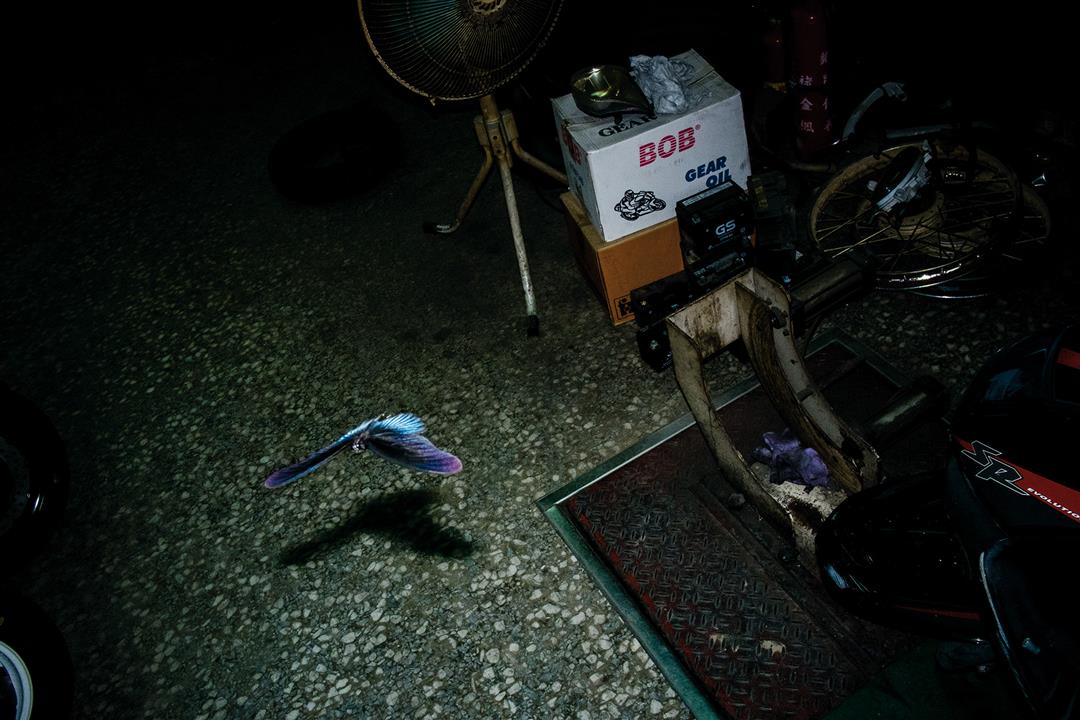
Suspended consciousness
If in our daily lives we see things through lenses colored by our consciousness, and if we impose order on those things through language so as to give them identities, Lee seeks to break free of the restraints of consciousness when taking photographs. Relying on his bodily intuition, Lee wants to clash with the very nature of things, restoring them to a state of primordial chaos before they were subjected to artificial definitions. As a consequence, in his works we do not encounter the clear subjects of documentary photography. Instead we are confronted with all sorts of strange and ambiguous street scenes. Furthermore, if documentary photographers usually regard their audience as passive receivers of the narratives they present, then Raw Soul’s abstract, equivocal approach gives the viewer room for active interpretation and imagination. In a nutshell, Lee’s method suspends the presumptions of our consciousness, drawing on the intensity of feelings to collect the “visual sounds” that issue from neglected corners of our island.
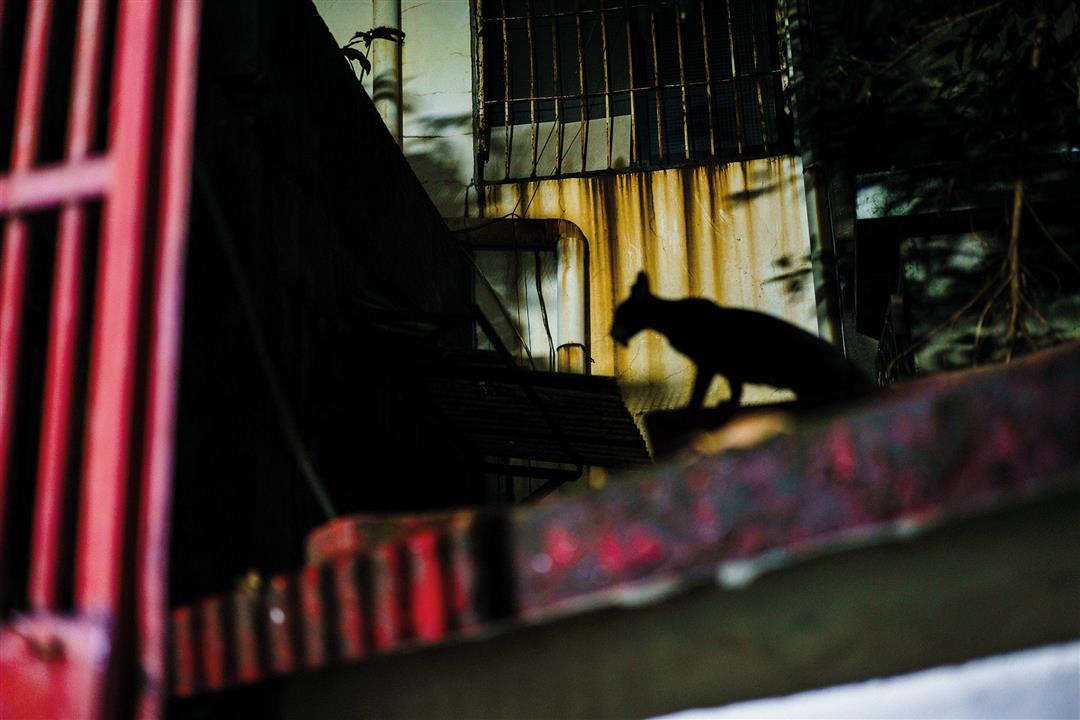
Visuality and sound concatenated
Raw Soul’s abstract reconfiguration of the world also enables us to perceive the “sounds” that inhere in its images. In other words, what the collection presents is not a series of rigid objects captured by the visual sense, but the abstraction and fluidity of sound. This liquid rhythm also finds resonance in how Raw Soul is edited and designed, which is as remarkable as the abstract fluidity of the images themselves. Lee arranges his photographs as if he were arranging music, letting the physical book serve as an appropriate vehicle for the intensely spiritual images. As he says: “I re-arrange the sounds of what I have heard, what Taiwan tries to tell me.” For me, Lee’s editorial work endows his series of photographs with a circulatory life force, making them more than isolated aesthetic images.
We should not judge Raw Soul by conventional aesthetic standards, nor even by the standards of conceptual photography. Rather we need to apply a livelier, more “musical” method to this series of “visual sounds” and analyze their dynamics, intensity, and rhythmicity, exploring the concatenated mutuality of body, sound, and visuality.
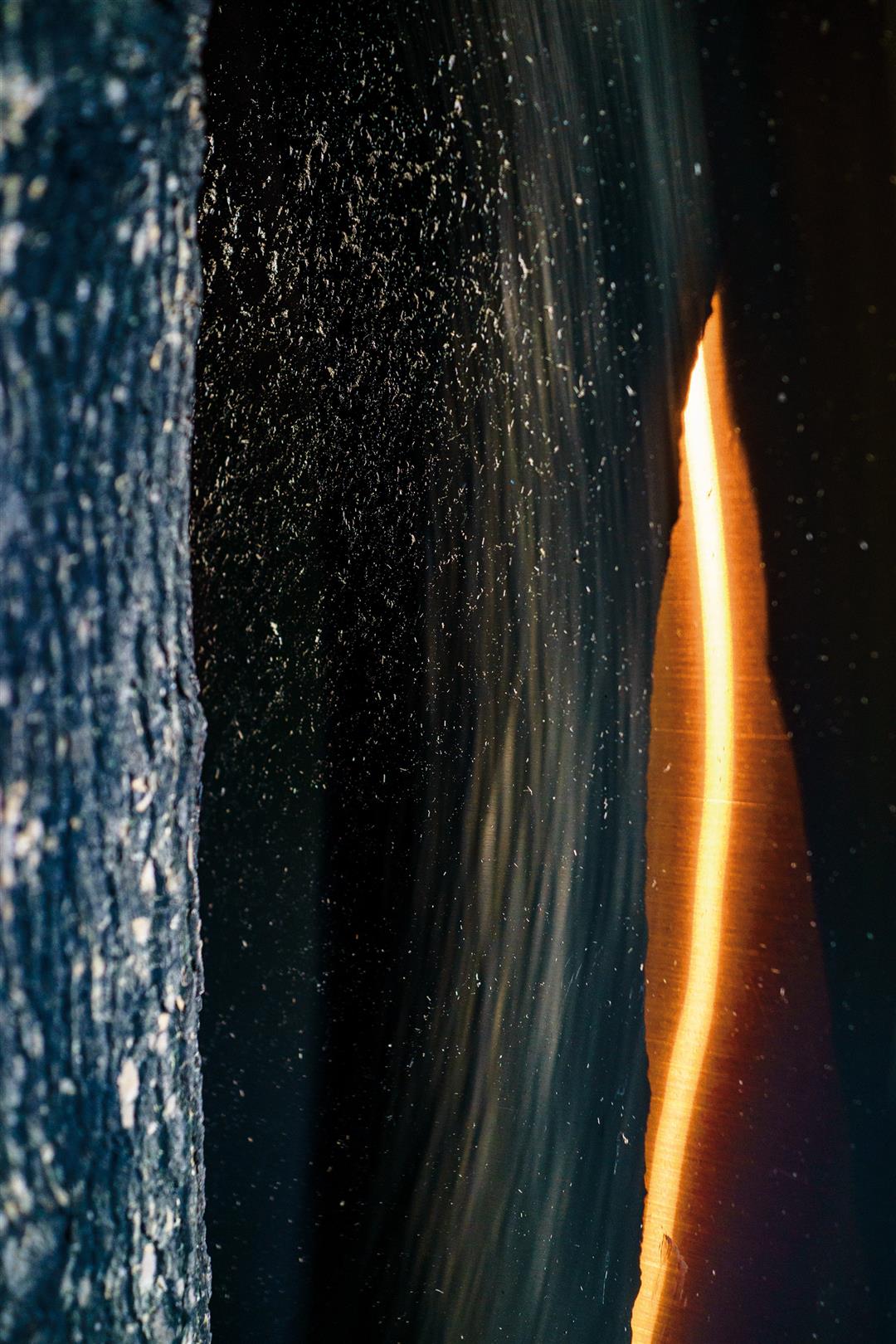
Connecting to the inner experience
Moreover, Lee’s dark, strange, mixed landscapes also resist the received meanings of Taiwan’s cultural symbols. Raw Soul makes us feel somewhat unsettled. Even though the collection presents familiar scenes and objects from daily life, Lee has turned these into eerie, uncanny presences. Importantly, he does not deliberately create this uncanny atmosphere (if he did, this would amount to the adoption of a preconceived visual style). Rather he puts aside his own consciousness and accepts the chaotic and mercurial textures of Taiwanese culture. In reading Lee’s photographs, we find ourselves departing from the realm of known symbols and venturing into a world of unknown modes of being.
While light is intrinsic to our visual sense, Raw Soul is about darkness, strangeness, sound, intensity, rhythm, fluidity, and life force. This “inner experience” is stripped of the affectations of civilization, bringing us back to our mothers’ wombs, where we lay listening to various sounds around us, our eyes having yet to open for the first time. We are thus invited to reconnect with Taiwan’s primordial inner sounds. What is intriguing is that Lee, instead of using sound as a medium, draws on the visuality of photography to generate auditory‡visual synesthesia.

Taiwan’s vitality
The subject matter of Raw Soul is entirely Taiwanese, interrogating the relationships between sacredness and secularity, death and regeneration, and other binaries on the island. But Lee casts his attention further afield to explore the primordial vitality and chaos of the universe and of the body. Despite seeming at first glance to be shrouded in gloom, the photographs actually enable us to perceive the life force that circulates through neglected objects and scenes in Taiwan. Ultimately Raw Soul offers a new perspective, helping us to reflect on things which have become all too rigid and familiar and to reinvest our daily lives with a sense of strangeness. In contrast to the stereotypical views of Taiwan foisted on us by the media, Raw Soul’s “strange” version of Taiwan captures the rhythmic vitality of the island and of life itself.

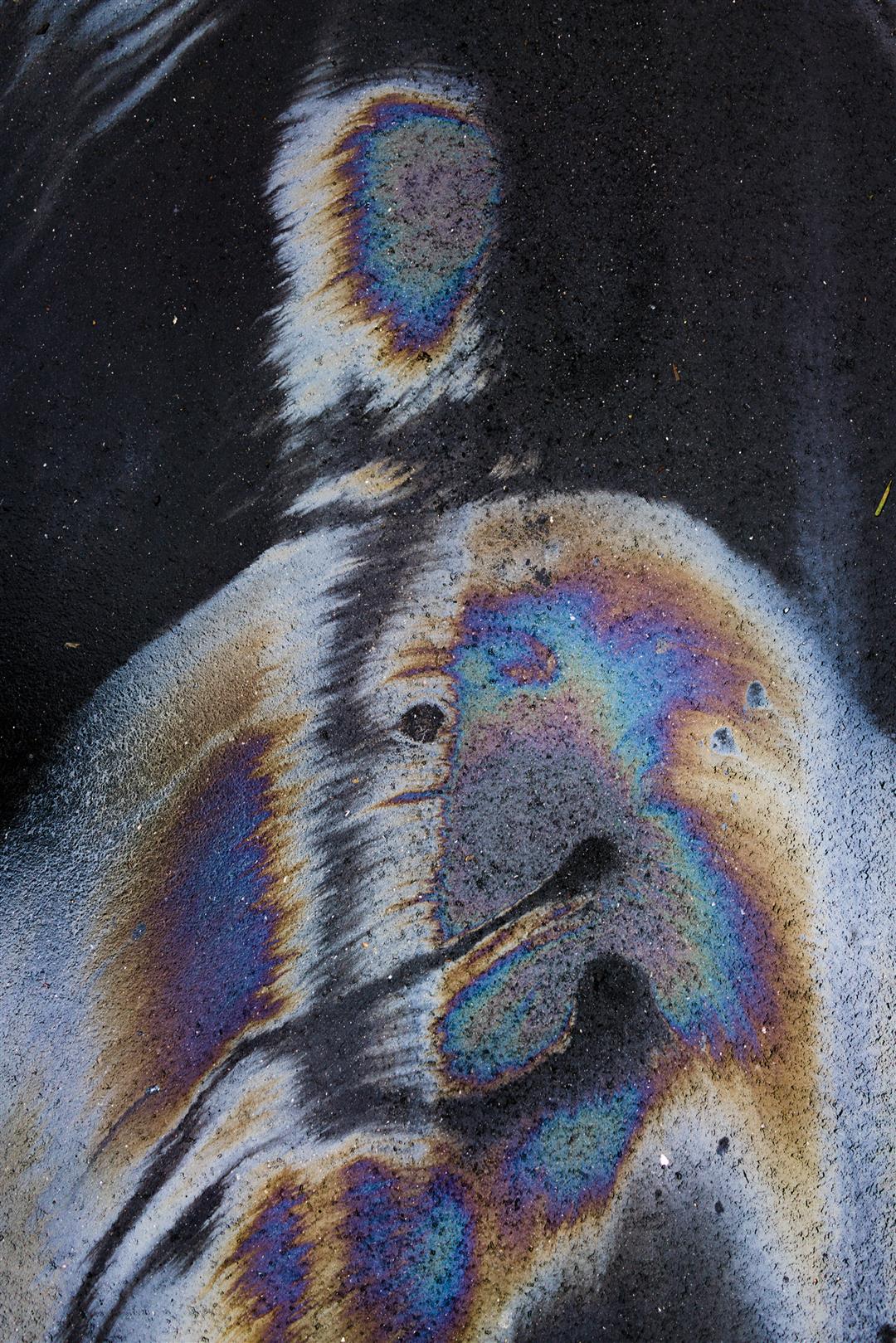
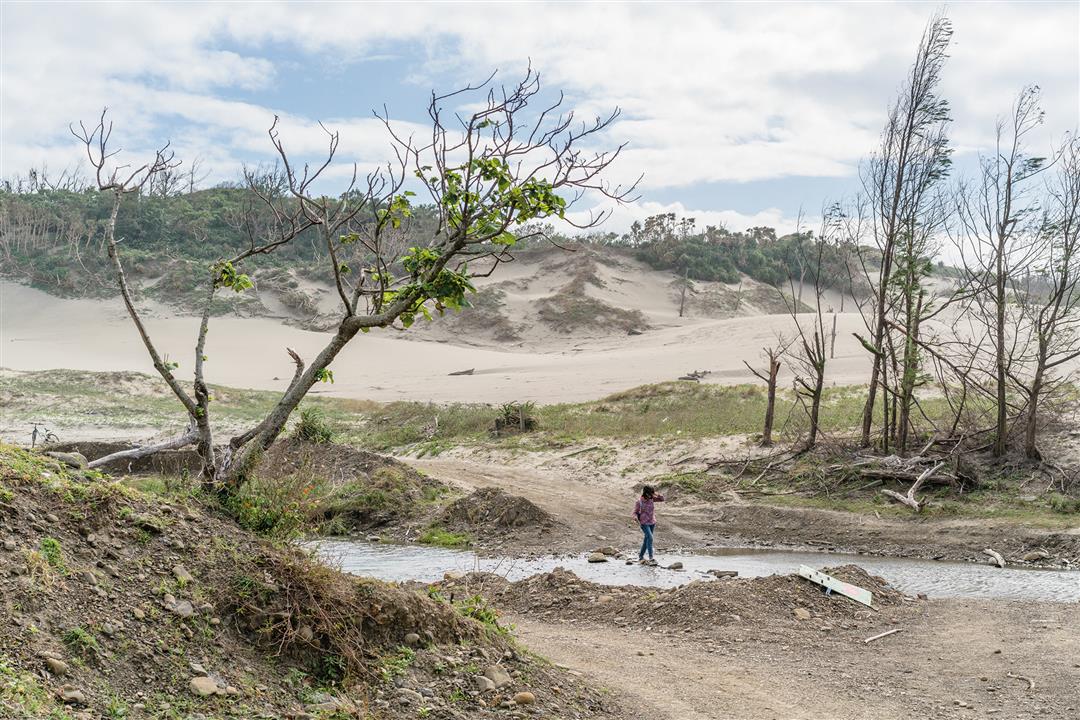
@List.jpg?w=522&h=410&mode=crop&format=webp&quality=80)



@List.jpg?w=522&h=410&mode=crop&format=webp&quality=80)


